GPCR/G protein

All GPCRs share a common seven trans-membrane structure. GPCRs are associated with heterotrimeric G-proteins which are GTP-binding proteins made of alpha, beta, and gamma subunits. When a ligand binds to GPCR, it activates the attached G-protein, the GDP is replaced with GTP. The activated G-protein then dissociates into an alpha and a beta-gamma complex which activates downstream signaling pathways. These intracellular signaling pathways include cAMP/PKA, calcium/NFAT, phospholipase C, protein tyrosine kinases, MAP kinases, PI-3-kinase, nitric oxide/cGMP, Rho, and JAK/STAT.
GPCRs are one of the most important therapeutic targets for various diseases, over 30% of all modern medicinal drugs target this family. Aberrant GPCR functions are involved in pathological conditions such as neurological, immunological and hormonal disorders. A large number of GPCRs have been identified, but whose ligands are not known, are classified as orphan receptors.
-
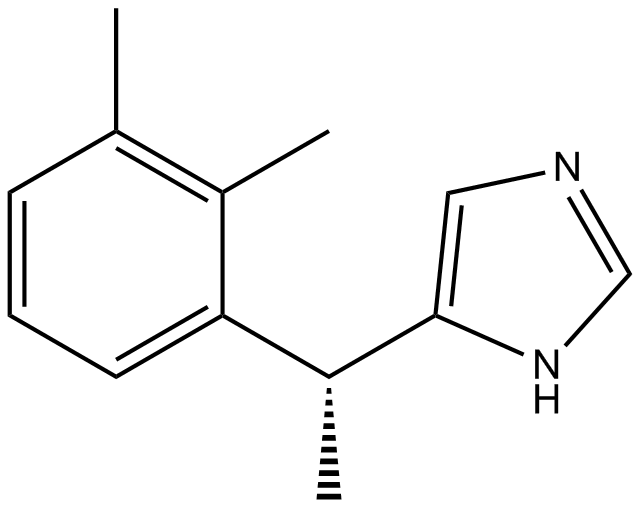 B1334 DexmedetomidineSummary: α2-adrenergic receptor agonist
B1334 DexmedetomidineSummary: α2-adrenergic receptor agonist -
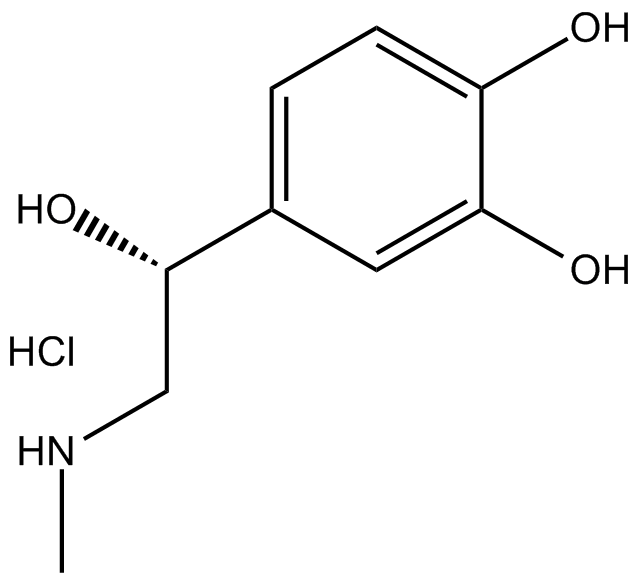 B1327 Epinephrine HClSummary: Adrenergic receptor agonist
B1327 Epinephrine HClSummary: Adrenergic receptor agonist -
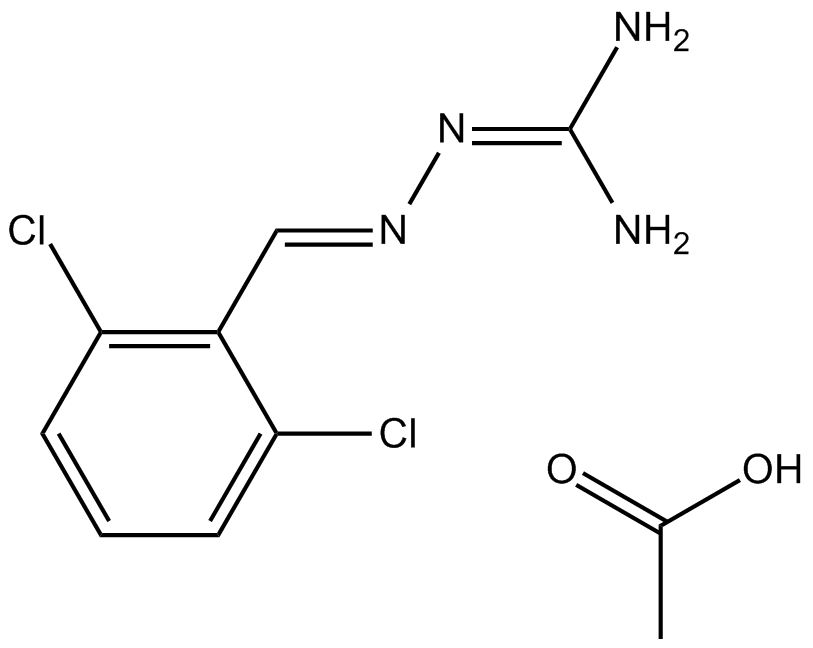 B1335 Guanabenz AcetateSummary: α2-adrenergic receptor agonist
B1335 Guanabenz AcetateSummary: α2-adrenergic receptor agonist -
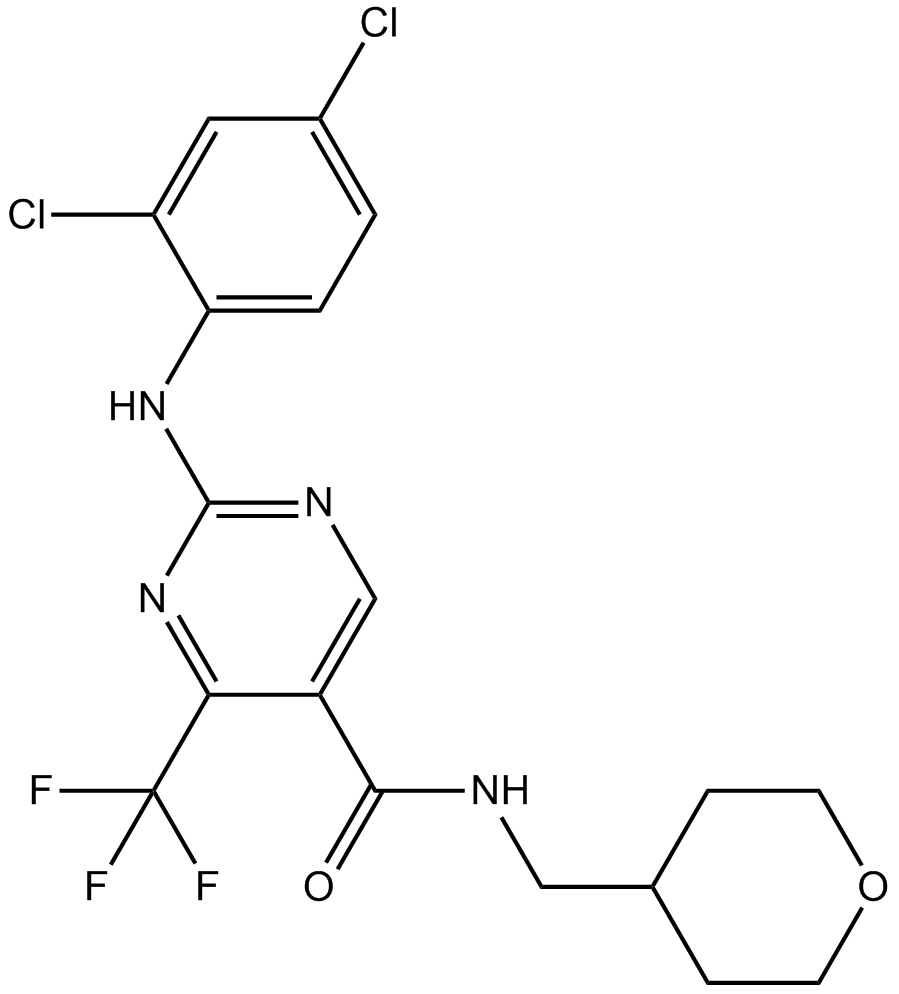 B1428 GW842166XTarget: cannabinoid receptorSummary: Cannabinoid receptor agonist
B1428 GW842166XTarget: cannabinoid receptorSummary: Cannabinoid receptor agonist -
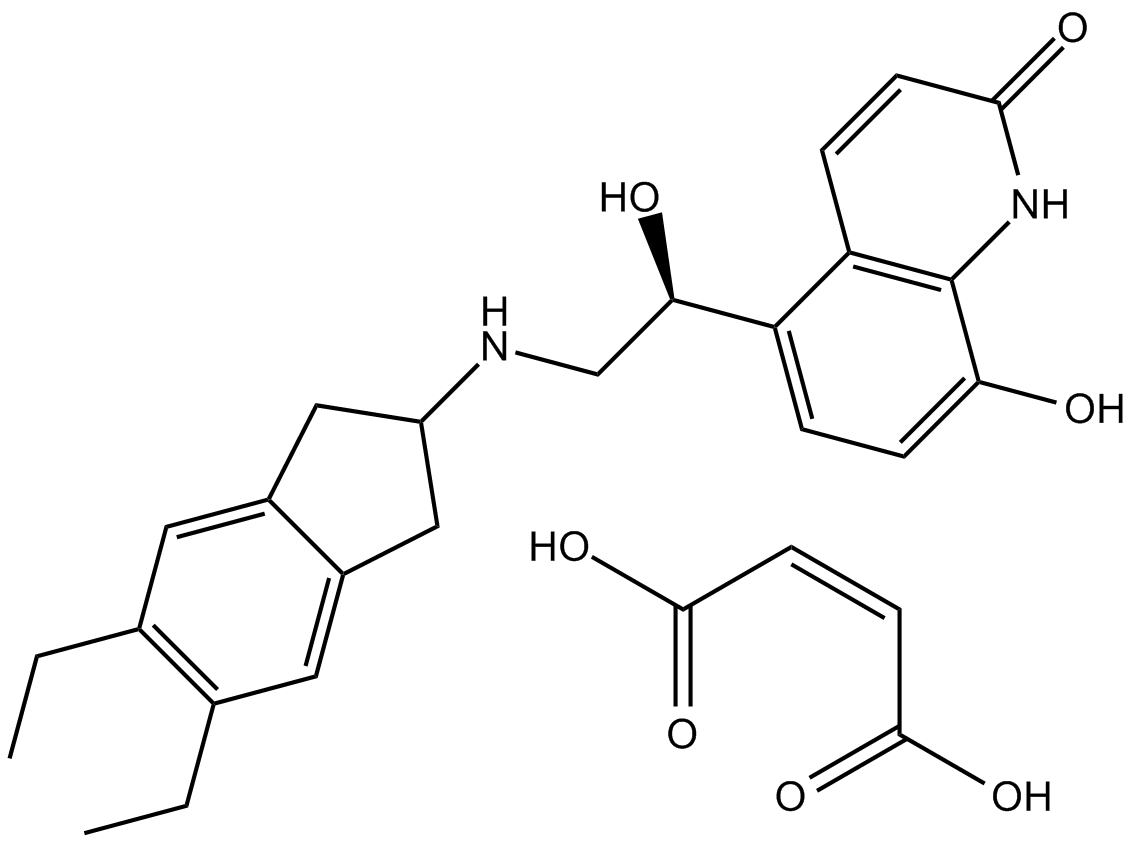 B1369 Indacaterol MaleateSummary: Ultra-long-acting β-adrenoceptor agonist
B1369 Indacaterol MaleateSummary: Ultra-long-acting β-adrenoceptor agonist -
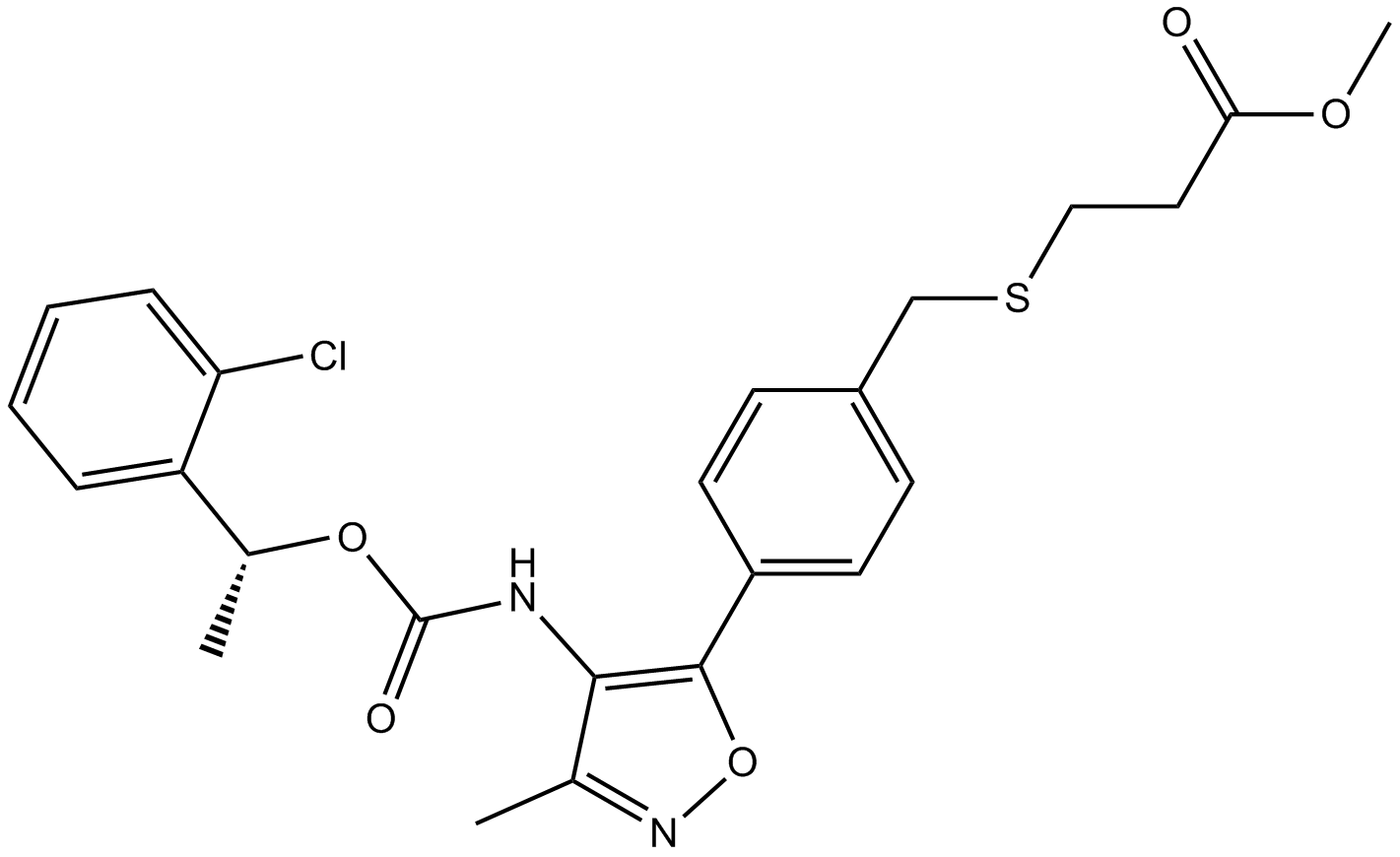 B1591 Ki16198Target: LPA ReceptorsSummary: LPA antagonist
B1591 Ki16198Target: LPA ReceptorsSummary: LPA antagonist -
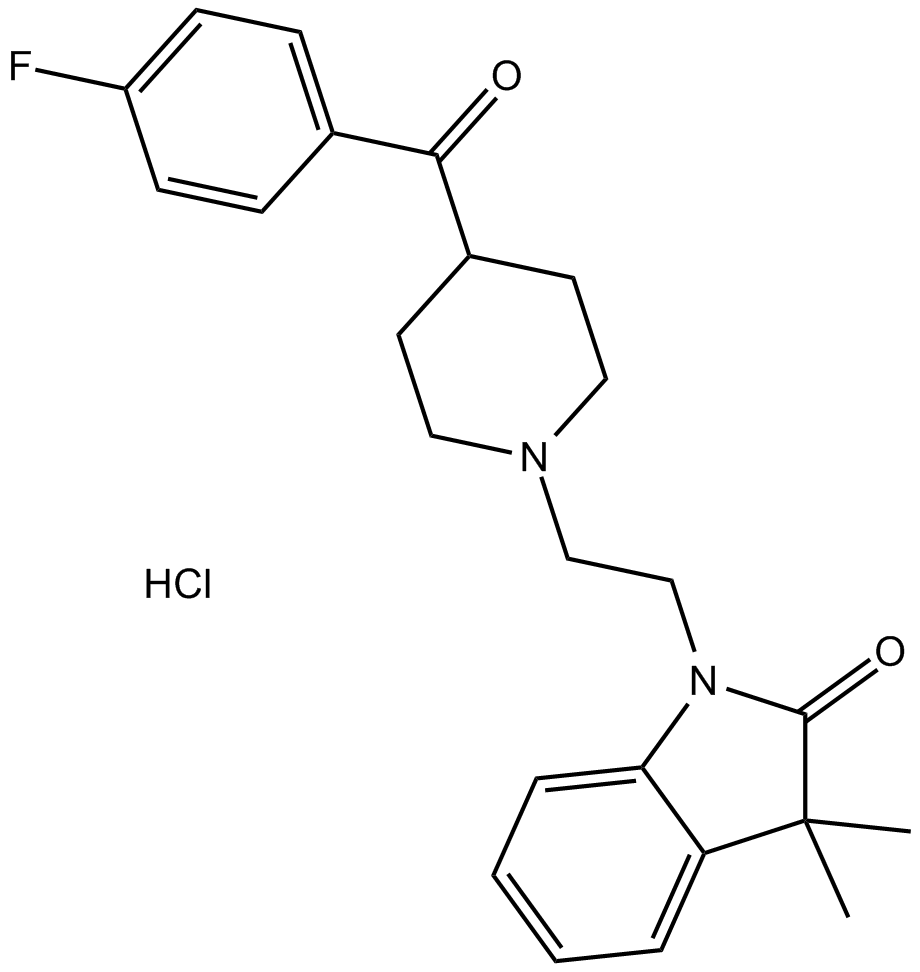 B2250 LY310762Summary: 5-HT1D receptor antagonist
B2250 LY310762Summary: 5-HT1D receptor antagonist -
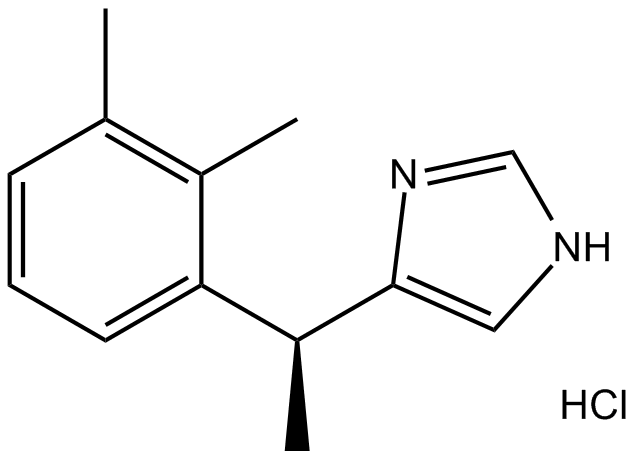 B1361 Medetomidine HClSummary: Selective α2-adrenoceptor agonist
B1361 Medetomidine HClSummary: Selective α2-adrenoceptor agonist -
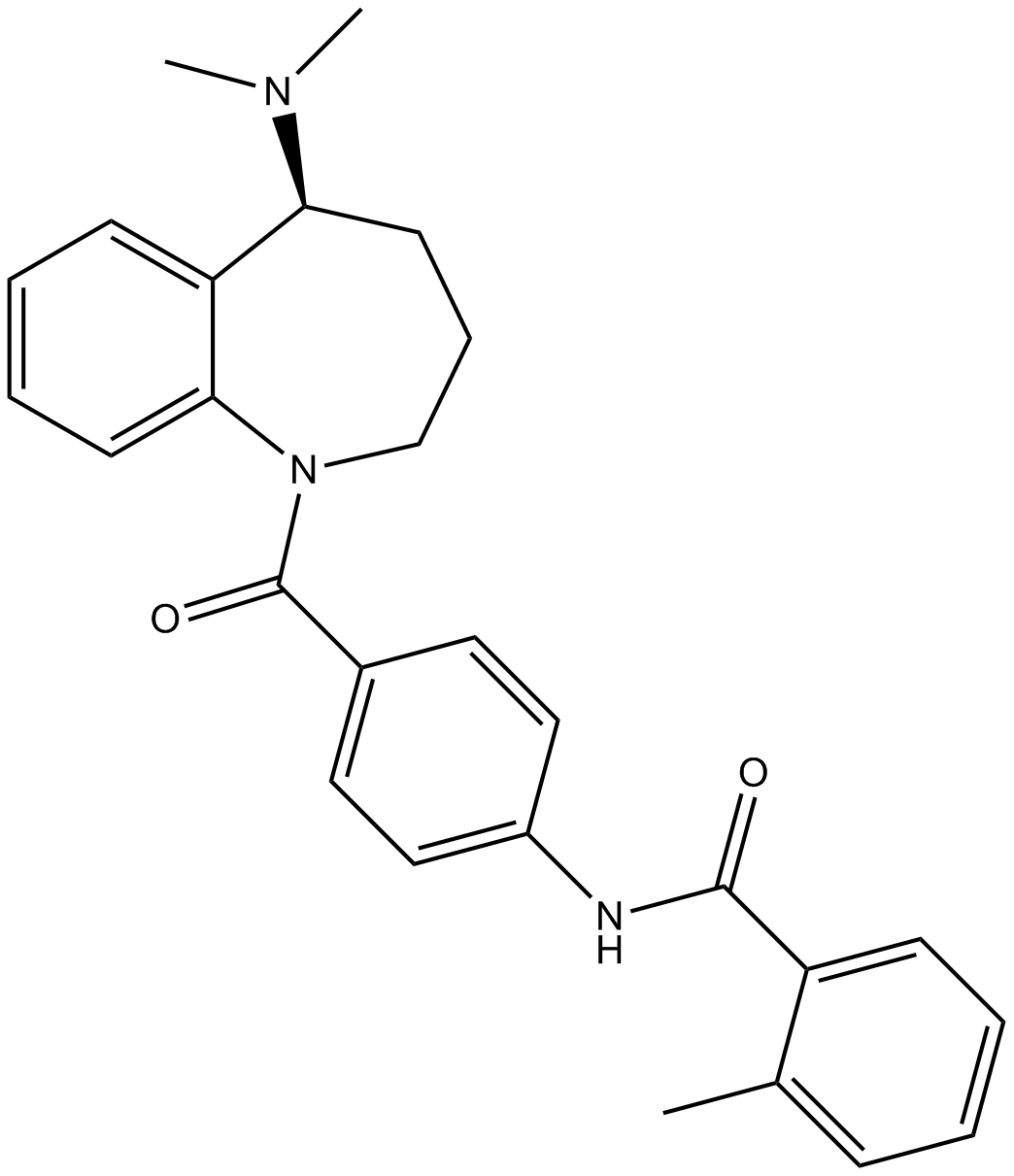 B2299 MozavaptanSummary: novel competitive vasopressin receptor antagonist
B2299 MozavaptanSummary: novel competitive vasopressin receptor antagonist -
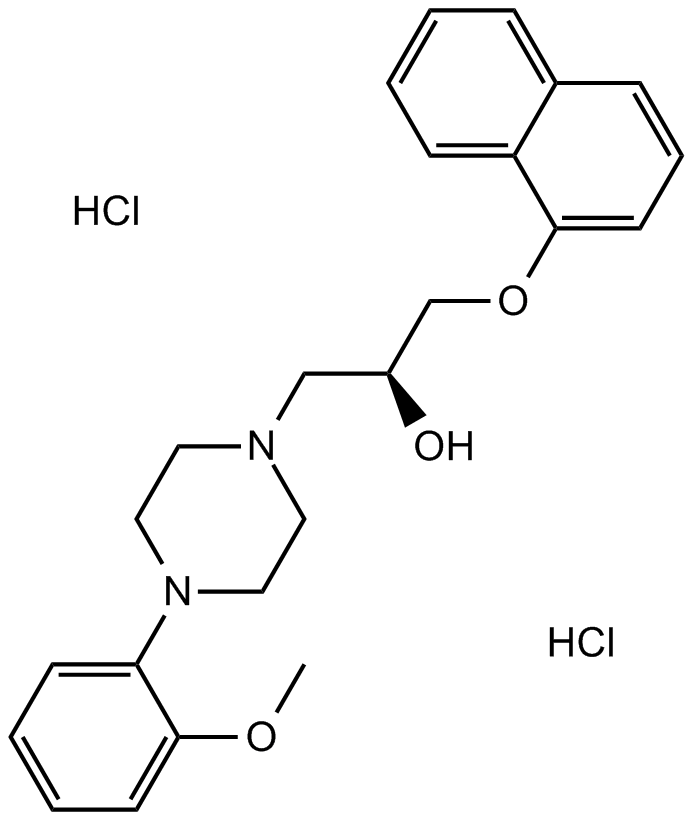 B1366 Naftopidil DiHClSummary: Selective 5-HT1A and α1-adrenergic receptor antagonist
B1366 Naftopidil DiHClSummary: Selective 5-HT1A and α1-adrenergic receptor antagonist

